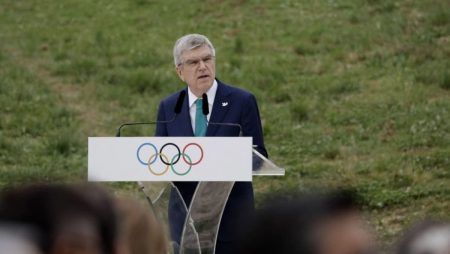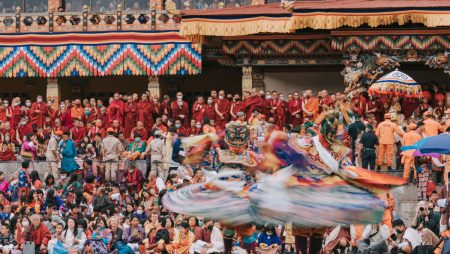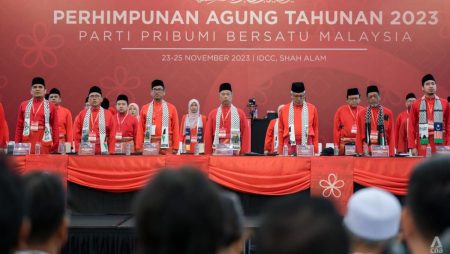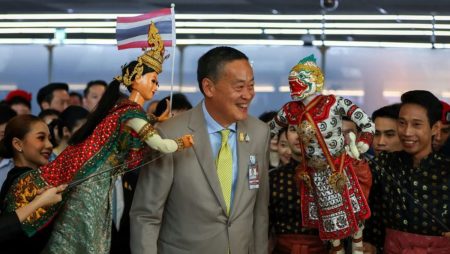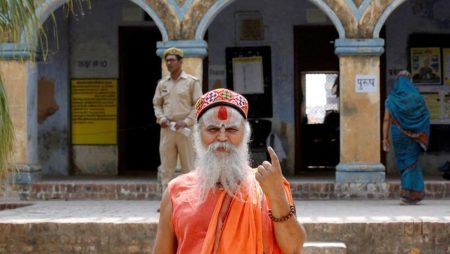Mumbai’s Dharavi slum, with a population of 1 million residents, is one of the largest and most densely populated slums in the world. Spanning about 600 football fields, it is a bustling hub of activity and a symbol of the stark contrast between the wealthy and the poor in India. The slum has long been a target for redevelopment, with plans to transform it into a modern, organized urban area. This redevelopment has generated mixed reactions among residents, with some feeling anxious about the potential displacement and loss of community, while others welcome the changes as a means of improving living conditions and opportunities.
For many residents of Dharavi, the prospect of redevelopment brings fear and uncertainty. The threat of displacement looms large, as many families have lived in the slum for generations and have deep roots in the community. There are concerns about losing not just their homes, but also their livelihoods, as many residents run small businesses within the slum. The lack of clarity around the redevelopment plans and the uncertainty about what the future holds have created a sense of anxiety and unease among residents, who feel that their voices are not being heard or considered in the decision-making process.
However, not all residents are opposed to the redevelopment of Dharavi. Some see it as an opportunity for improvement and transformation. The current living conditions in the slum are far from ideal, with overcrowded and unsanitary living spaces, lack of basic amenities, and limited access to education and healthcare. The redevelopment plans promise better infrastructure, improved housing, and increased economic opportunities, which could potentially uplift the quality of life for residents. For these individuals, the prospect of a modern, organized urban area with improved amenities and infrastructure is a welcome change.
The redevelopment of Dharavi is a complex and contentious issue, with various stakeholders involved in the decision-making process. The government, developers, NGOs, and residents all have different priorities and interests, leading to tensions and disagreements about the best way to proceed. The challenge lies in finding a balance between the need for redevelopment and improvement, and the preservation of the unique identity and community of Dharavi. There is a delicate dance between progress and tradition, between modernization and preservation, that will shape the future of the slum and its residents.
One of the key concerns in the redevelopment of Dharavi is the issue of affordability. Many residents fear that the new housing and amenities will be out of reach for them, leading to further marginalization and displacement. There is a pressing need for inclusive and sustainable development that takes into account the needs and priorities of the community, and ensures that the benefits of redevelopment are accessible to all residents, regardless of their socio-economic status. The challenge lies in finding a solution that balances the interests and concerns of all stakeholders, and creates a more equitable and inclusive urban environment for the residents of Dharavi.
In conclusion, the redevelopment of Dharavi is a complex and multifaceted issue that reflects the broader challenges of urban development and inequality in India. The slum, with its 1 million residents and unique community, is at a crossroads, as plans for transformation and modernization are being put into motion. While some residents welcome the changes as a means of improving living conditions and opportunities, others fear displacement and loss of community. The key lies in finding a balance between progress and tradition, between modernization and preservation, that will ensure a more equitable and inclusive future for the residents of Dharavi.







